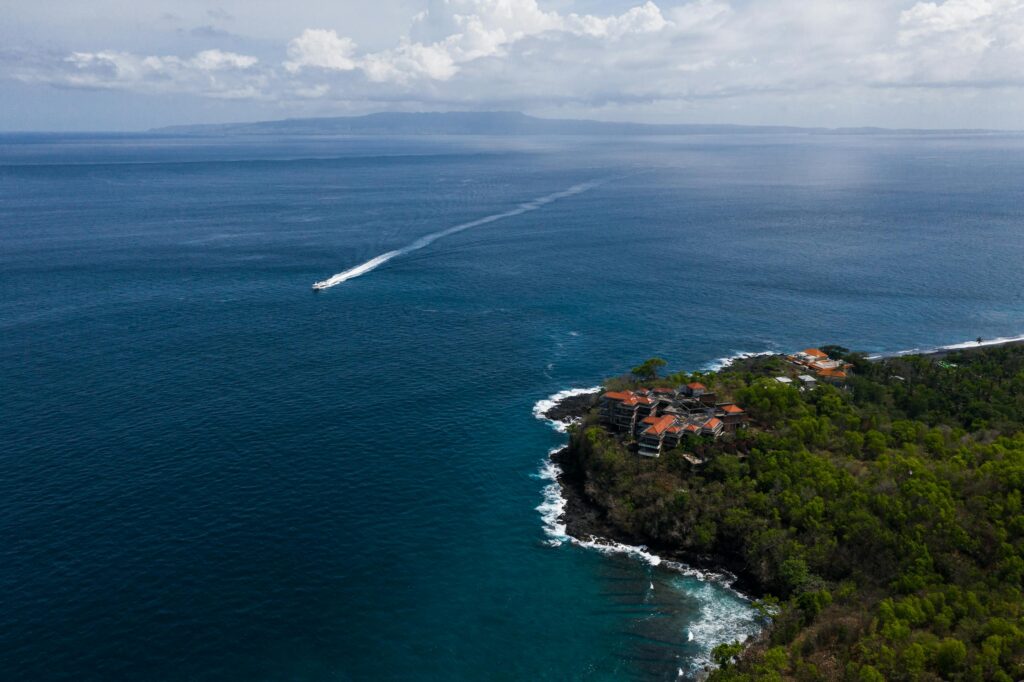Rising Seas: A Growing Worry for 1.5 Million Australians by 2050
The Big Picture: What’s Happening?
Imagine standing on your favorite beach, watching waves roll in, and wondering if that water will creep closer to your doorstep one day. A recent report says that by 2050, rising sea levels could put about 1.5 million Australians at risk. That’s a huge number of people facing floods, damaged homes, or even having to move. This isn’t some far-off problem—it’s about the places we love, from bustling Sydney harbors to quiet coastal towns. Let’s break down what this report means, why it’s happening, and what can be done, like we’re chatting over a cuppa.
The report comes from experts who studied climate data and Australia’s coastline. They warn that as the planet heats up, melting ice and expanding oceans will push water levels higher. By mid-century, this could mean more flooding during storms or high tides, hitting coastal communities hard. It’s not just a bit of extra water—it could change how people live, work, and enjoy the coast.
Why Australia’s Coast Is So Vulnerable
Australia’s got over 25,000 kilometers of coastline, and most of us love being near it. Over 80% of Aussies live within 50 kilometers of the sea. That’s why this issue hits home. The report says 1.5 million people could face direct threats—think homes flooding regularly or becoming unlivable. Places like Brisbane’s low-lying suburbs, Melbourne’s bayside areas, or Queensland’s sunny shores are all in the firing line.
Take the Gold Coast as an example. It’s a lively spot with high-rises, beaches, and tourists galore. But parts of it sit just a meter or two above sea level. A small rise in water could turn streets into rivers or make backyards swampy messes. It’s not just homes at risk—businesses, roads, and even airports could take a hit. The report estimates billions in damages if we don’t act, and that’s a scary thought for anyone who calls the coast home.

What’s Causing the Seas to Rise?
So, why’s this happening? It comes down to climate change, but let’s keep it simple. Burning coal, oil, and gas releases gases that trap heat in the atmosphere. That heat melts ice in places like Antarctica and Greenland, adding more water to the oceans. Plus, warmer water expands, taking up more space. Scientists say sea levels have already risen about 20 centimeters since the early 1900s, and it’s speeding up. By 2050, we could see another 30 to 50 centimeters in some areas—enough to swamp low-lying spots during storms or king tides.
Storms are getting fiercer too, thanks to warmer oceans. When a big one hits, higher seas mean waves push further inland. Picture a place like Cairns, where tropical storms are already a worry. Add rising seas, and suddenly, areas that used to be safe might flood regularly. It’s a wake-up call for everyone, from city planners to beachside residents.
The Human Side: Real People, Real Worries
This isn’t just about numbers—it’s about people. Imagine a family in Perth who’s lived by the ocean for generations. Their kids build sandcastles, and weekends mean barbecues with a sea view. But if waters rise, their home could be at risk. The thought of flooding every year or having to pack up and leave? That’s heavy. Older folks might cling to memories of their coastal life, while young families stress about schools, jobs, or finding a new place to live.
The report also mentions mental health. Constant worry about floods or losing your home can weigh you down. I heard about a couple in a small coastal town who started losing sleep over whether their house would still be worth anything in 20 years. It’s not just about property—it’s the emotional toll of uncertainty. Communities could face big changes, with some folks forced to move inland, splitting up neighborhoods and leaving behind the places they love.
What’s Being Done About It?
The good news? People aren’t just sitting around waiting for the water to come. Communities and councils are stepping up. In places like Newcastle, they’re building higher seawalls and planting mangroves to act as natural barriers. Some towns are updating building rules so new homes are set back from the shore or raised higher. It’s practical stuff that can make a difference.
I came across a story from a Victorian town where locals got together to tackle the problem. They used tools like Google Earth to map out flood risks and decided to turn low-lying areas into community gardens or parks instead of building there. It’s a smart move—working with nature instead of against it. Other places are looking at “managed retreat,” which means slowly moving homes and businesses to safer ground over time. It’s not easy, but it’s better than being caught off guard.
Governments are also pitching in. Some states are investing in flood defenses, like better drainage systems or barriers. There’s talk of national plans to protect vulnerable spots, though funding and politics can slow things down. The report urges more action now—waiting until 2050 will cost way more than planning ahead.
What Can Everyday Aussies Do?
You might be thinking, “What can I do about this?” Fair question. Small actions add up. Cutting down on energy use—like switching to LED lights or driving less—helps reduce the gases driving climate change. Supporting local efforts, like joining a community group to plant trees or clean up beaches, can make a difference too. Trees and mangroves soak up water and protect coasts, so they’re a double win.
Talking about it matters too. Share what you know with mates or family. The more people understand, the more pressure there is for leaders to act. If you live near the coast, check out local council plans. Are they preparing for rising seas? If not, ask why. Voting for leaders who take climate seriously can push things in the right direction.
Looking Ahead: Hope and Action
By 2050, Australia’s coasts could look different, but it’s not all bad news. The report is a warning, not a death sentence. If we act now—building smarter, cutting emissions, and planning ahead—we can protect a lot of what we love. Scientists say every bit of effort to slow warming helps. Even a small reduction in global temperature could mean less sea rise and fewer floods.
Communities are already showing how to adapt. In Tasmania, some towns are turning flood-prone land into wetlands, which helps wildlife and absorbs water. In Sydney, engineers are designing roads that can handle more flooding. These ideas show we’re not helpless. Aussies are known for rolling up their sleeves and getting stuff done, right?
Wrapping It Up
Rising seas are a big deal, and 1.5 million Australians could feel the impact by 2050. From flooded homes to disrupted lives, the stakes are high. But this isn’t just about losing beaches—it’s about the people, the communities, and the way of life we cherish. The report lays it out clearly: we need to act fast. Whether it’s building better defenses, cutting emissions, or planning for the future, every step counts.
So, next time you’re at the beach, take a moment to think about what’s at stake. Then, maybe have a yarn with a friend about it or check what your local council’s doing. Together, we can keep Australia’s coasts safe—or at least give them a fighting chance. After all, this is our home, and we’re not going anywhere without a fight
